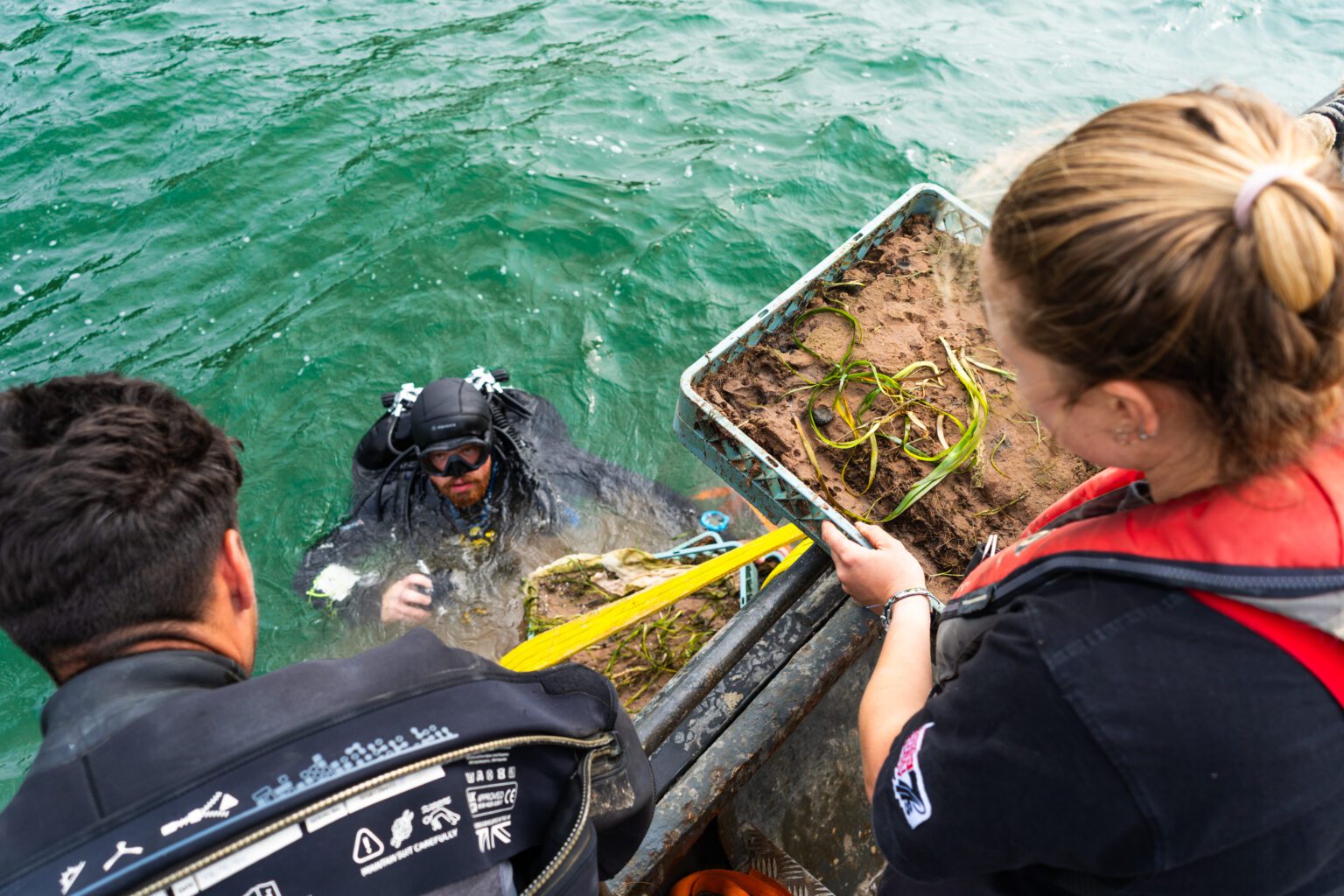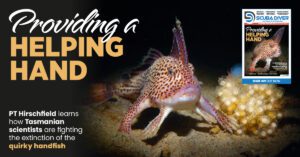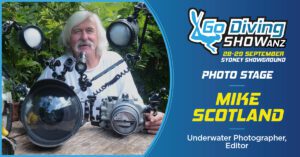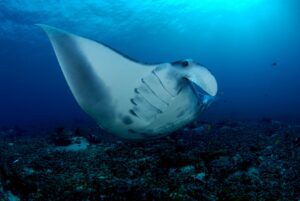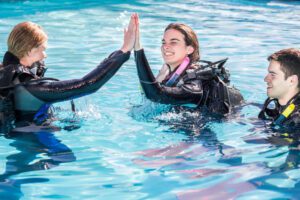Work on England’s largest seagrass restoration effort continues in Plymouth Sound National Marine Park, under the LIFE Recreation ReMEDIES project.
LIFE Recreation ReMEDIES is a £2.5 million, four-year marine conservation project to Save Our Seabed at five Special Areas of Conservation in Southern England, through seagrass restoration, education and innovation.
It is funded by the LIFE programme and led by Natural England in partnership with Ocean Conservation Trust, Marine Conservation Society, the Royal Yachting Association and Plymouth City Council/Tamar Estuaries.
The Ocean Conservation Trust (OCT), the restoration lead in the project, have deployed 100 seagrass pillows into the restoration site at Jennycliff Bay, each containing around 40 healthy seagrass plants, with rhizomes. With this latest effort covering 2,500 square metres of the seabed, it brings the total area of seagrass planted in Jennycliff Bay to over three hectares, which is excellent news for this sensitive and vitally important habitat.
To restore seagrass, the OCT hand collect seagrass seeds from healthy meadows, and plant them into sand on 100% biodegradable mats, made from cotton and hessian. They are nurtured in the ReMEDIES seagrass cultivation laboratory, until the seedlings have become established into strong plants, which are then ready to be planted into the seabed.
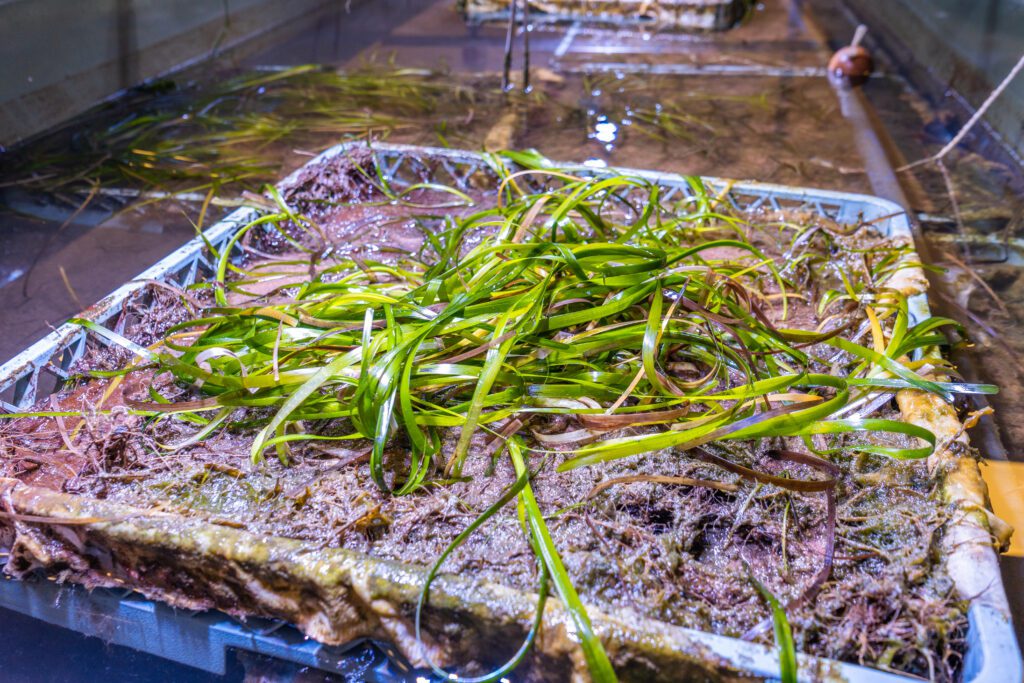
The OCT’s professional dive team then head off to the restoration site, where they lower the seagrass mats into the water and pin them onto the seabed. Over time, the mats will biodegrade, leaving healthy seagrass plants to flourish into meadows.
Healthy seagrass meadows are vitally important for the multiple benefits they bring to the environment, including acting as fish nurseries for many commercial species, being a biodiversity hotspot, reducing the effects of coastal erosion and capturing carbon.
While the OCT’s team of professional divers were deploying the seagrass pillows, they were able to check on the seagrass they had previously planted at this restoration site. They were delighted to see an incredible extent of healthy, dense seagrass!
Amelia Newman, ReMEDIES Seagrass Cultivation Lead at the Ocean Conservation Trust, said: “It was exciting to be underway with this round of seagrass planting, it’s always a big team effort and we are lucky to be supported by local stakeholders. We were overjoyed to see how well the seagrass we planted last year is doing, it’s a real win, not only for the project but for seagrass and the environmental benefits it brings us all.’
Fiona Tibbitt, ReMEDIES Project Manager, said: “Seagrass is a vital marine habitat, capturing and storing significant amounts of carbon and enriching the biodiversity of our seas. It’s been wonderful to see the success of the recent planting in Plymouth. Seagrass restoration at a large scale is not without its challenges, and ReMEDIES will continue to trial innovative methods to build resilience in our coastal ecosystems. This achievement is shared and celebrated across the ReMEDIES partnership and it's exciting to see what the future holds for this work.”
The restoration efforts don’t stop there, as the Ocean Conservation Trust’s Habitat Restoration Team will soon be back out on the water to start the whole process again; collecting seagrass seeds to grow in their laboratory. They are always looking for innovative ways to further their seagrass restoration efforts, so will experiment with new techniques to increase the growth of the seagrass and the restoration area at Jennycliff Bay and beyond.
